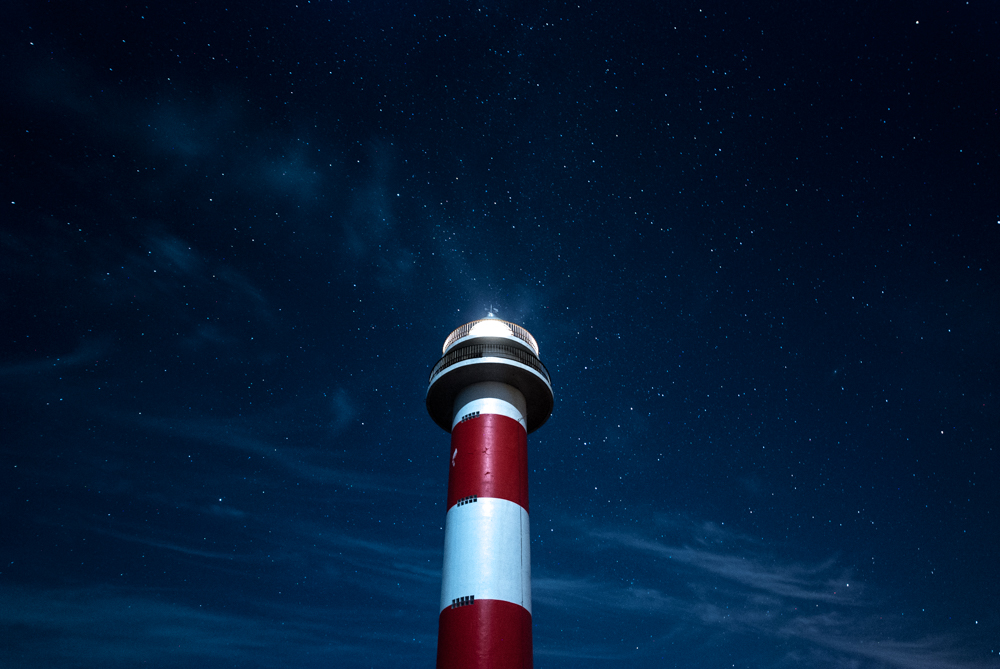….
The month of September usually sees the strong summer winds calming, bringing with it a cleaner sky to observe the celestial objects by night. The Milky Way is still dazzling us when the Moon is not present, passing through the south west sky. The gas giants Jupiter and Saturn are finally both present in our observations, by mid Sept. And our closest neighbour, the Andromeda Galaxy is getting higher in the Northern sky. We can not forget our Sun and the incredible sunrises and sunsets that we can usually enjoy in this month. We celebrate the September Equinox on the 23rd day. The Sun will shine directly on the equator and there will be nearly equal amounts of day and night throughout the world. This is also the first day of autumn, Autumnal Equinox in the Northern Hemisphere. A day celebrated by all ancient cultures including the ancient settlers here on Fuerteventura!
We start the month with the Moon still bright and rising early in the night sky, the Full Moon, SuperMoon being on the last day of August. Our Moon is locked in a gravitational pull, rotating around the Earth and each night we can observe Her rising at different times with varying parts of Her surface illuminated. We return to dark skies from the 4th onwards with the Moon beginning to rise after midnight up until the New Moon on the 15th. The Milky Way and the fainter stars can become the protagonists of the night sky once more. But it won’t last long, as the brilliant Jupiter, the King of the Gods is rising earlier and earlier. By mid September He will be in a perfect position to start observing during our observations. We do have the infamous Planet Saturn in the night sky all month, but being considerably smaller than Jupiter and double the distance from Earth you might not notice the Planet, as you will Jupiter! Both are spectacular to observe with the telescope with the largest Moons of Jupiter and the rings of Saturn visible. The Planet Mercury is not an easy one to spot but you might be in luck around the 22nd, look for the planet low in the eastern sky just before sunrise.
The last of this years SuperMoons falls on the 29th, also know as the Corn Moon or Harvest Moon.
Clean skies to everyone and Keep Looking Up.
..
Normalmente, en septiembre, los vientos fuertes del verano se están calmando, y eso trae cielos más limpios para observar objetos celestiales durante la noche. La Vía Láctea está resplandeciente todavía, en el cielo al sur oeste, cuando la Luna está ausente. Los gigantes gaseosos, Júpiter y Saturno, están de vuelta, por fin, durante nuestras observaciones, desde la mitad de septiembre. Y nuestra vecina más cercana, la galaxia de Andrómeda, está cada vez mas alta en el cielo al norte. No se puede olvidar el Sol y las increíbles salidas y puestas que se pueden observar este mes. Celebramos el equinoccio de septiembre, el día 23. El Sol brillará directamente sobre el ecuador y tendremos casi tanto día como noche en el mundo entero. Ese es también el primer día de otoño, el Equinoccio de Otoño del hemisferio norte. ¡Un día celebrado por todas las culturas antiguas, incluso, las de Fuerteventura!
Empezamos el mes con la Luna que brilla mucho todavía y sale temprano en el cielo de noche, la Luna Llena, una Superluna que ocurre el último día de agosto. Nuestra Luna está bloqueada en una fuerza de gravedad, girando alrededor de la Tierra y cada noche, podemos observar que sale a diferentes horas y que se pueden observar diferentes partes iluminadas de su superficie. Volvemos a cielos oscuros desde el día 4 con la Luna que sale después de la medianoche, hasta la Luna Nueva, el día 15. La Vía Láctea y las estrellas más débiles vuelven a ser protagonistas del cielo de noche otra vez. Pero, eso no dura mucho tiempo, porque el brillante Júpiter, el Rey de los Dioses, sale cada vez más temprano. Desde la mitad del mes, se encontrará en una posición perfecta para nuestras observaciones. ¡También podremos observar al notorio Saturno en el cielo de noche durante todo el mes, pero es mucho más pequeño que Júpiter, al doble de distancia de la Tierra, posiblemente no lo podremos ver como veremos Júpiter! Los dos son espectaculares a observar con un telescopio, ya que podemos observar las Lunas las más grandes de Júpiter y los anillos de Saturno. No resulta fácil encontrar el planeta Mercurio, pero posiblemente tendremos más suerte alrededor del día 22, hay que buscar por ese planeta en la parte baja del cielo al Este, justo antes de la salida del Sol.
La última Superluna del año ocurre el día 29, también llamada la Súperluna de la cosecha.
¡Cielos despejados a todos y seguid mirando hacia el cielo!
….





















